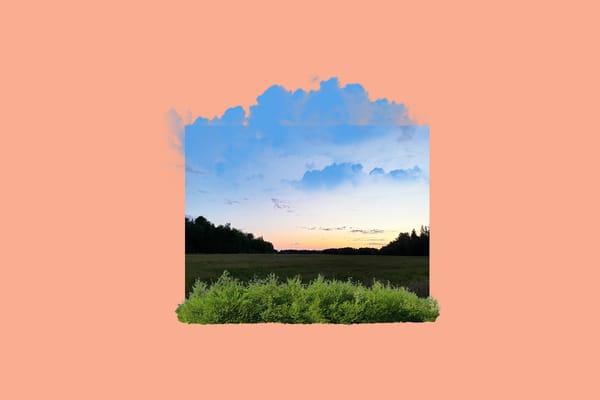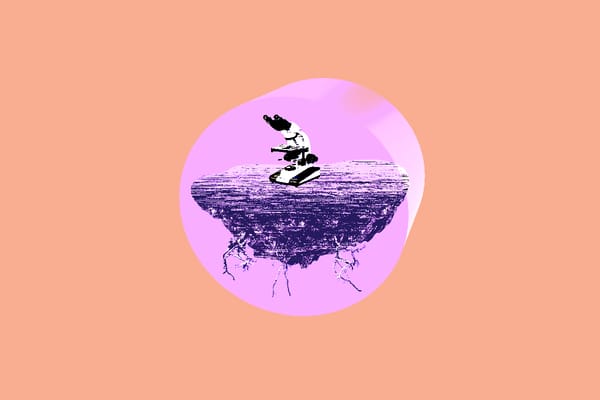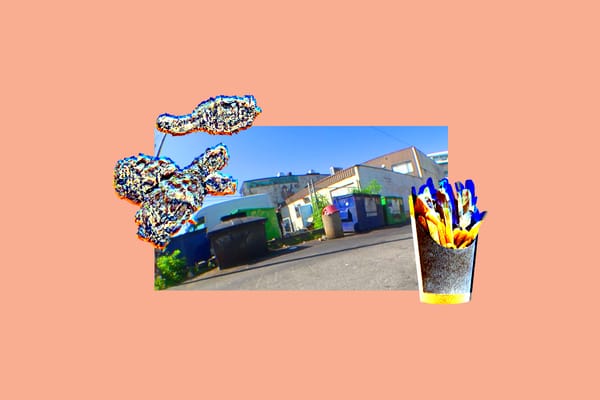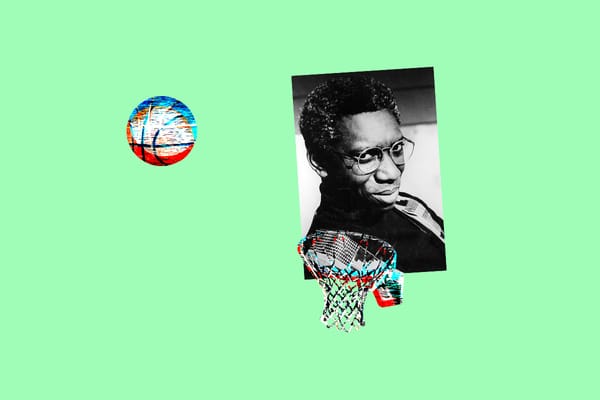Why won't anyone clean the big dog in the sky?
A special investigation.
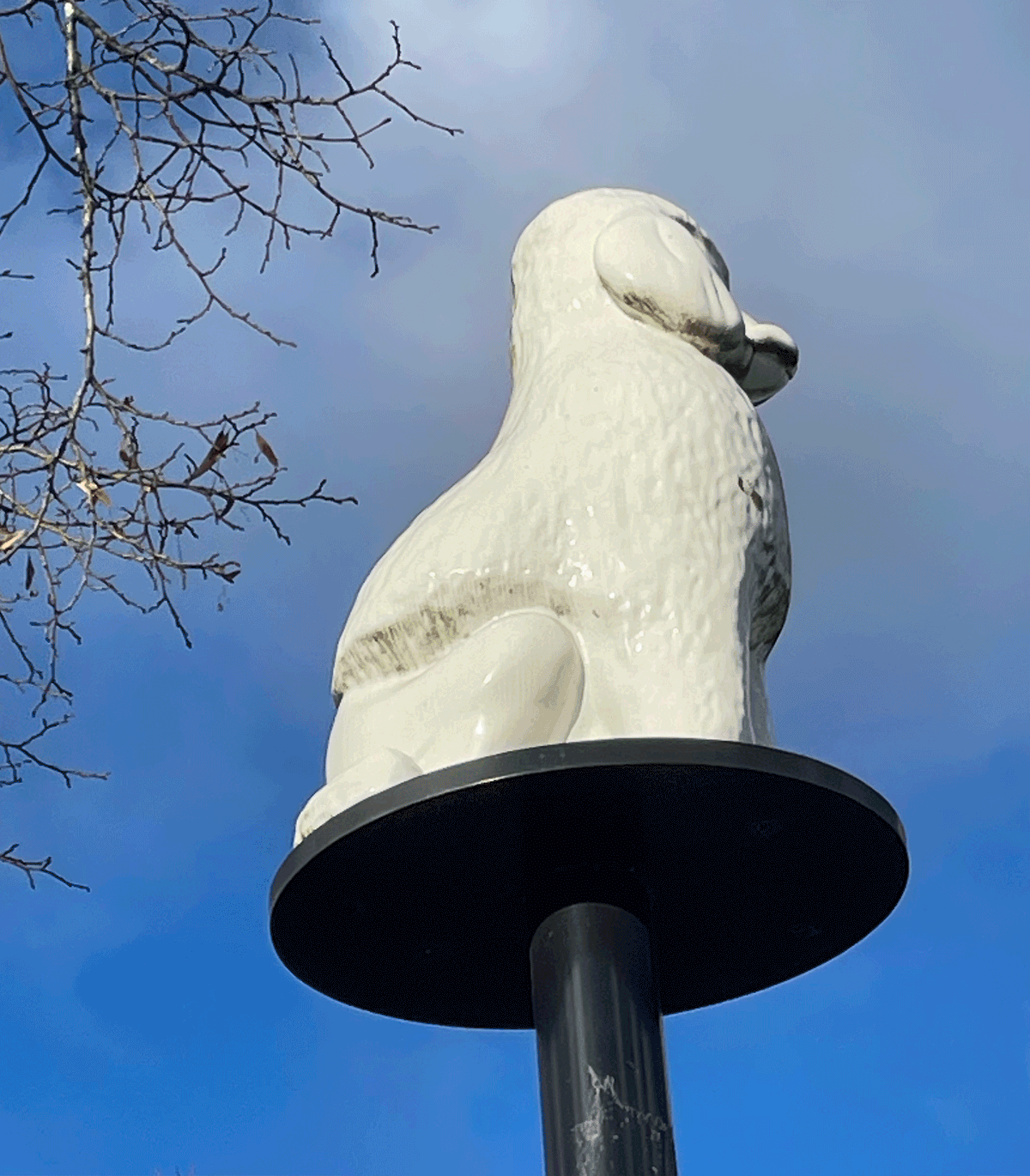
The big dog in the sky is dirty. On a pedestal 25 feet in the air, it looks blankly over the crook of Main St. and 18th Ave below. Its unblinking eyes to the north have been collecting dust and muck kicked up from southward Vancouver traffic for nearly a decade. The backside of the 7-foot aluminum poodle is pristine, as if confirming that facing the present head-on, unobstructed, day in and day out is an unhealthy proposition.
Untitled (Poodle) is the work of Gisele Amantea, a Calgary-born and Montreal-based artist. Commissioned as a public art project by the City of Vancouver, it cost $97,600 to create and then erect in January of 2013. Amantea’s artist statement reads vaguely, “Untitled (Poodle) is intended as a curiosity that will bring attention to the sculpture as a marker or icon of time and place.”
In a way, this intention was met. For a time, Untitled (Poodle) was an icon of its place, 3333 Main St. It inspired hot takes, lukewarm takes and a deeply uninspired Twitter account. It was decried as ignorant to the neighbourhood’s rampant gentrification, this fancy toy dog installed in front of an expensive new condominium development in a city whose housing crisis has been doing nothing but escalate. In response, a local sculptor and geocacher installed a series of concrete turds at its base. Some coilers painted a classic deep brown, another a glittering gold.
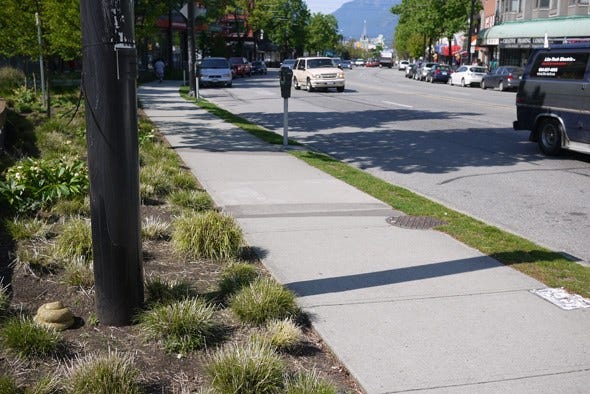
But mostly, Untitled (Poodle) has been forgotten. Up in its perch for over nine years, the dog has become simply a fixture, set dressing, a thing to notice if you happen to look up. The interest it arrived with petered out quickly, @MainStPoodle mercifully running out of juice in February 2015.
“The poodle is not associated with a particular culture, and can therefore be enjoyed by a wide range of people along the street and in the surrounding neighbourhoods.” Amantea said in her artist’s statement, a banal sentiment that can also serve as an effective credo for most city-sanctioned public art. An acknowledgment of a work’s aesthetic value only if it does not offend potential property values.
Last summer, Chinese artist Chen Wenling’s sculpture Boy Holding A Shark was set to be installed in Vancouver’s waterfront neighbourhood of False Creek. A part of the public art exhibition Vancouver Biennale, the nearly 26-foot tall piece depicts a distressed young boy cradling a melting shark in his arms. Neither seems to be having a great time. The Vancouver Biennale website describes Wenling’s work as “…the artist’s reflection on the growing tension between humans and the ocean. It is an alert that the destruction of nature will eventually counteract humanity itself. The artist hopes to evoke concerns about environmental issues through the power of art and inspire changes in the global community.”
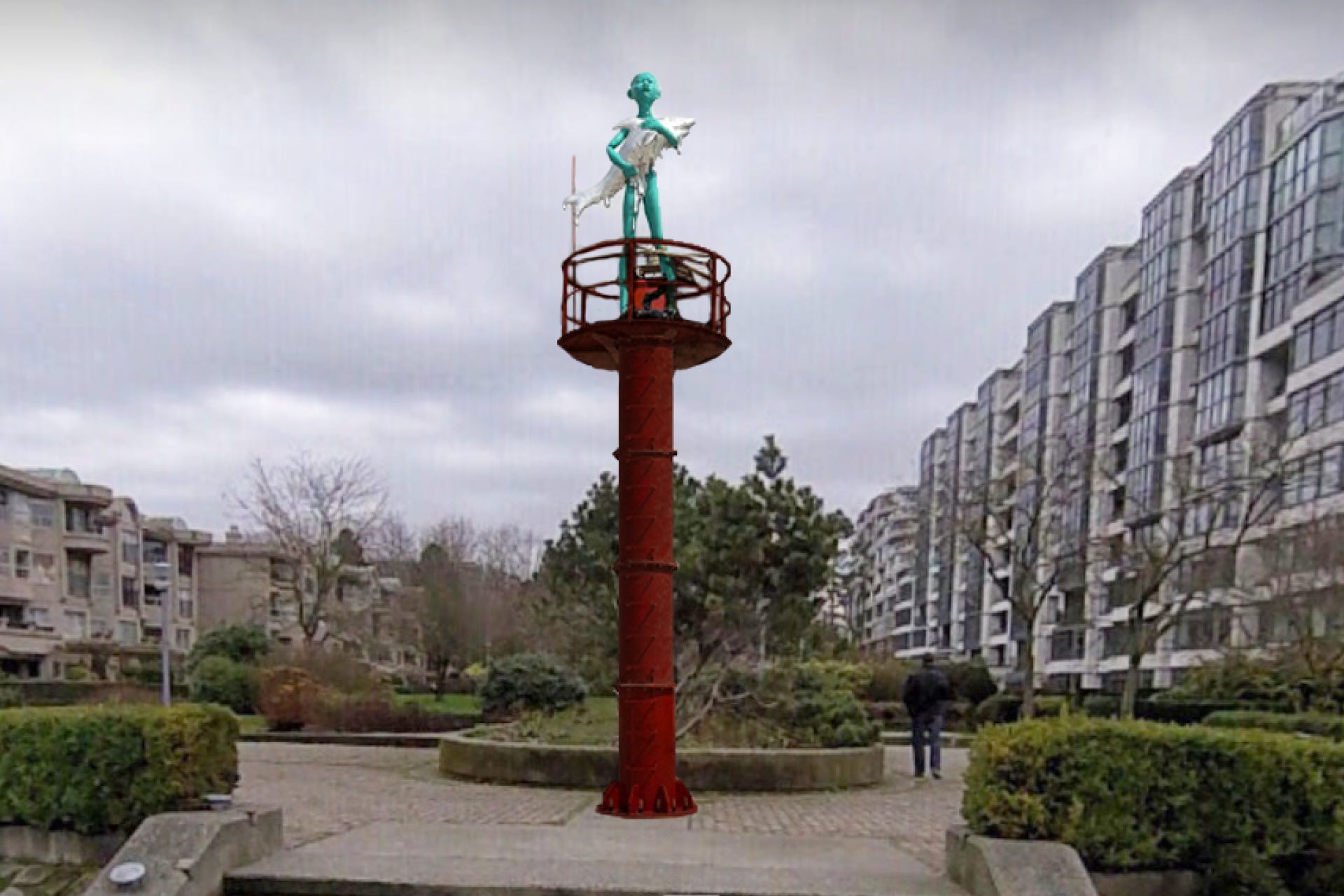
Wenling’s call spurred more than 1,500 people to sign a petition to stop the sculpture’s installation. "It will obscure views, which will affect property values and sell-ability," one signatory wrote in the petition’s comments. “The statue evoked fear, disgust, and unease in me... It is a horrifying vision to behold.” Wrote another. The City ultimately capitulated to the disgusted and horrified; Boy Holding A Shark would not find a home in False Creek. Or anywhere, as of writing this. The petition’s organizer revelled in their success while gearing up for a future battle.
“Great News is that Vancouver Public Art has now stated that the Sculpture will not be located in this location and a new location is is [sic] to be selected. Where will this new location be? We have succeeded for now?” This group now tasked as guardians against “horrifying visions” no matter what neighbourhood they may reside. Perhaps if the boy and the shark were not deep in stages of grief and decomposition, the piece would’ve had a better chance to “…be enjoyed by a wide range of people along the street and in the surrounding neighbourhoods.” Their dire message of ecological collapse free to amass dirt, dust and seagull guano if they just put a little smile on.
The question remains: if public art can be this divisive and uniting and valuable and damaging to citizens and their property values, why isn’t anyone cleaning the 7-foot tall poodle in the sky? Can’t someone give the big dog a little scrub? Wash the crust from its eyes, the grime caking its paws. If “art is about generating conversation,” what does this inaction say?
Two weeks ago, I emailed the city and asked why Untitled (Poodle) had remained dirty for so long. I received a speedy and kind response explaining that the process to get permits for lifts and lane closures to safely secure the space and equipment required to bathe the faux-porcelain pooch is an arduous one. But hopefully, by March, the sculpture would be fresh and sparkling in the first rays of spring sun.
Two days later, it was clean.
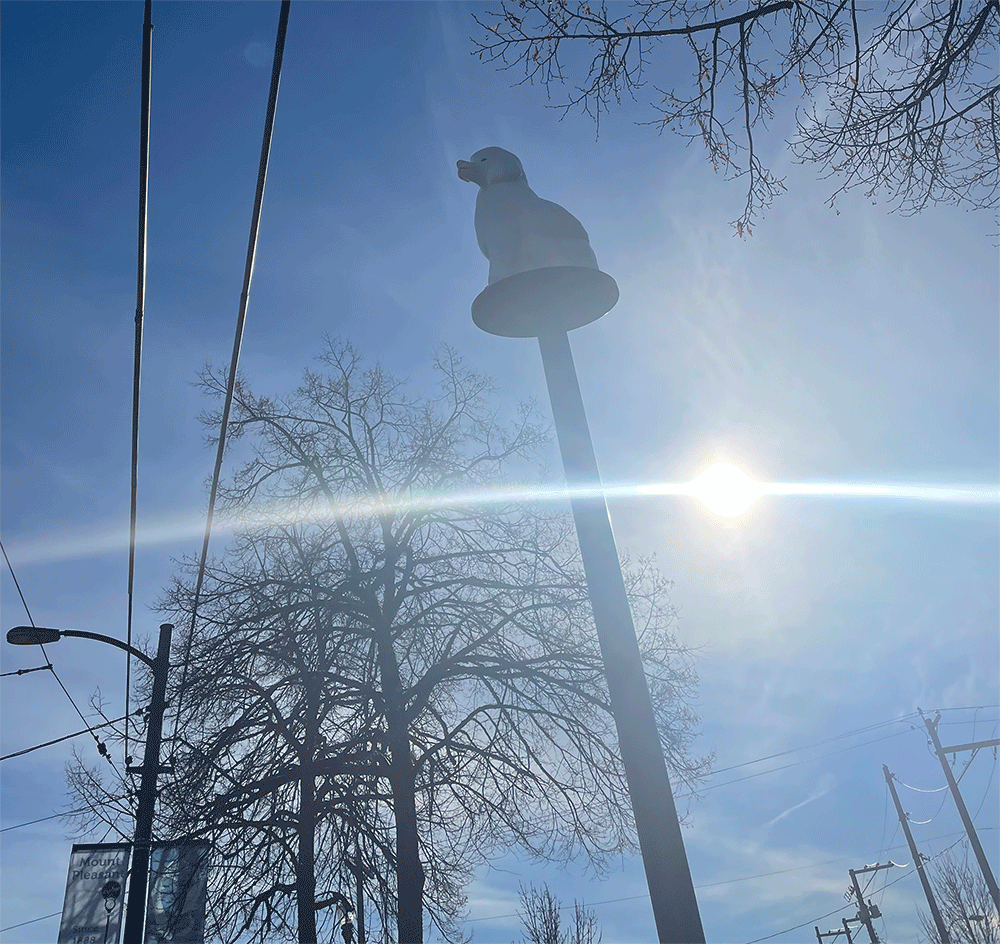
These, for the City, are examples of effective municipal governance. Ones that don’t put pressure on the vast twisting cogs of bureaucracy or risk a greater conversation. That allow glad-handing with the gilded dookie to continue. Solutions that give meaningful attention to the meaningless.


